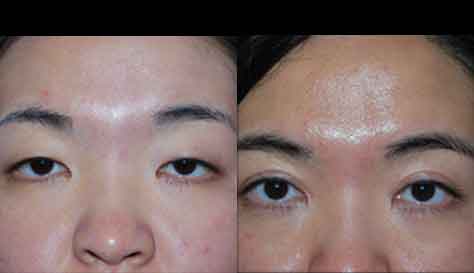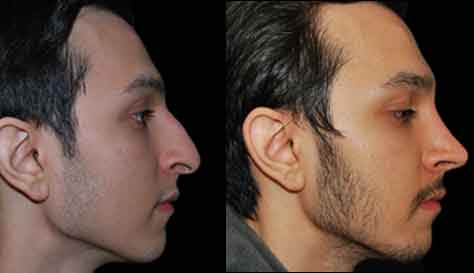Dysport®/Xeomin
Conveniently located to serve the areas of New Jersey and New York
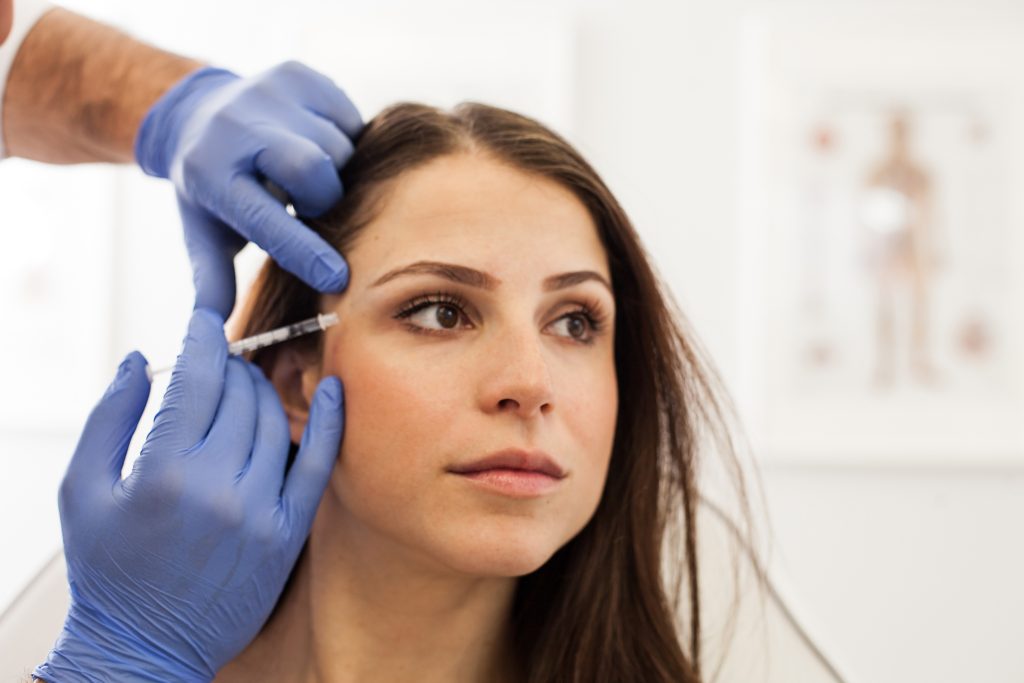
Dysport™ and Xeomin are commonly used to reduce the appearance of facial wrinkles. Using a tiny needle, it is injected under the skin into the muscles that form wrinkles in the forehead, upper bridge of the nose, crow’s feet and neck bands. Excessive chin dimpling may also be improved with Dysport™ and Xeomin.
Contents
- 1 What does Dysport/Xeomin treat?
- 2 When will I notice results?
- 3 During the procedure
- 4 FAQ
- 4.1 What do I need to avoid before surgery?
- 4.2 What about my daily medications before surgery?
- 4.3 What happens after surgery?
- 4.4 Are there any dietary restrictions following surgery?
- 4.5 When will my stitches be taken out?
- 4.6 How soon will I be able to exercise?
- 4.7 When will I be able to see the results?
- 4.8 What is special about the way Dr. Ovchinsky does the surgery?
What does Dysport/Xeomin treat?
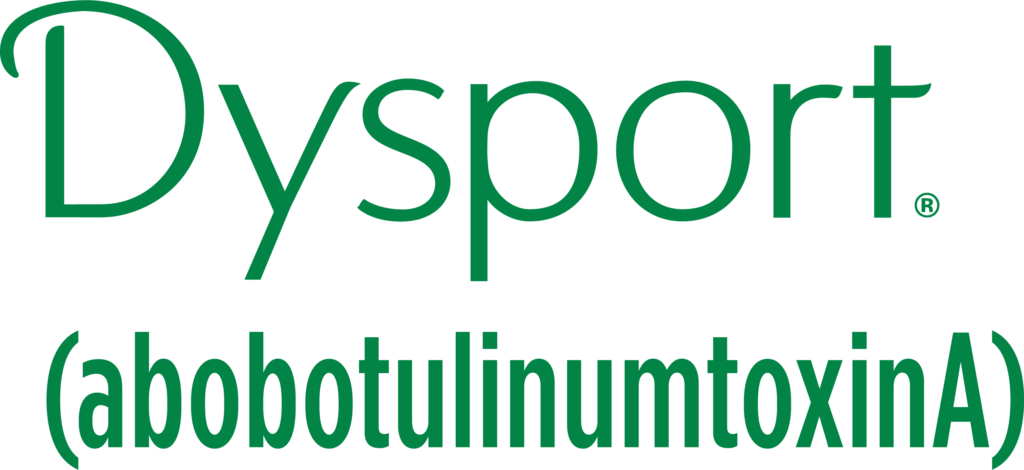
Made from a purified protein, Dysport™ and Xeomin block nerve impulses thus weakening muscles that form wrinkles and giving the face a rejuvenated look.
Dysport™ and Xeomin may also be useful for migraine headaches, excessive sweating, and muscle spasms.
When will I notice results?

Dysport™ and Xeomin start working 2-3 days after the injection, and the maximal effect occurs at about a week after the procedure. The effects last on average from three to four months, and in some instances even longer. The treatment then needs to be repeated for the continuing effect to take place.
During the procedure
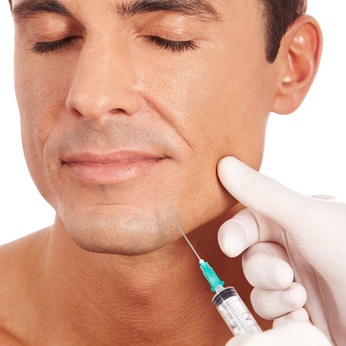
Dysport™ and Xeomin treatments take about 10 minutes and is performed right in the office setting. The amount of the medication to be injected depends on the area(s) to be treated and the relative strength of the muscles. Men usually require a higher amount as compared to women.
Usually no anesthesia is required, although topical numbing cream may be used to reduce the discomfort.
FAQ
What do I need to avoid before surgery?
If you are on “blood thinners,” you will be asked to stop them approximately one week prior to surgery. We also ask that you avoid certain over-the-counter medications. If you are taking some herbal supplements, you should stop those as well as they may contain blood thinning substances. Also, you have to completely quit smoking at least two weeks before surgery.
What about my daily medications before surgery?
You will have a preoperative appointment well in advance of your surgery when we will review all mediations with you. If you are on “blood thinners,” you will be asked to stop them approximately one week prior to surgery. We also ask that you avoid certain over-the-counter medications. You may continue taking most routine medications up until the morning of surgery with a small sip of water.
What happens after surgery?
You will go to the recovery room for a few hours until you are fully recovered from anesthesia. Once you are stable you will be taken home (or to a hotel) by your family member or a friend. You will want to stay relaxed for the first few days. You will need to keep your head elevated when in bed to help with faster resolution of swelling. You should begin to start walking, eating, and using the restroom the day after surgery. Your activity can slowly increase each day but it will take up to 2 weeks before you start to feel like your old self again. You should avoid any strenuous activity for 4 weeks. You will need to take medication prescribed to you by Dr. Ovchinsky, which usually include antibiotics, pain medicine, antibiotic ointment for the incisions, and occasionally anti-nausea medications.
Are there any dietary restrictions following surgery?
No. Patients can eat whatever they want. Advance your diet from liquids (fruit juice, milk shake, etc.) to soft food (pudding, macaroni and cheese, mashed potatoes and gravy, oatmeal, pasta) to solids as tolerated. To prevent dehydration, please drink as much juices and nutritional fluid as possible.
When will my stitches be taken out?
Stitches are normally removed five to six days after your surgery.
How soon will I be able to exercise?
Dr. Ovchinsky recommends that patients do not return to exercise for three weeks after their procedure.
When will I be able to see the results?
You may see the difference right away, and more so once the swelling goes down within the first one to two weeks. As with any surgical procedure, it takes anywhere from 6 to 12 months for the results to become final.
What is special about the way Dr. Ovchinsky does the surgery?
Dr. Ovchinsky tailors his surgical technique to an individual patient rather than using the same “run of the mill” surgery on everybody. The technique he uses causes minimal pain, has natural results, and is long-lasting. The vast majority of patients are quite surprised afterward at how little discomfort they have and how quickly they return to normal activity. Most patients have minimal bruising. Finally, with Dr. Ovchinsky technique and attention to details during skin closure, scars are typically minimal and are often difficult to see once they have fully matured.




